 This drab duo first emerged a few years back as bloodless hipster darlings, their aptly-titled 2013 Matador debut Impersonator overflowing with the sort of sentiments one might encounter in the first half of an Abilify commercial. Given frontman Devon Welsh’s incidental familial connection to the world of Twin Peaks, it’s mildly amusing how much of his gloomy music with Matthew Otto recalls Julee Cruise’s songs, albeit ones hastily covered by Coldplay.
This drab duo first emerged a few years back as bloodless hipster darlings, their aptly-titled 2013 Matador debut Impersonator overflowing with the sort of sentiments one might encounter in the first half of an Abilify commercial. Given frontman Devon Welsh’s incidental familial connection to the world of Twin Peaks, it’s mildly amusing how much of his gloomy music with Matthew Otto recalls Julee Cruise’s songs, albeit ones hastily covered by Coldplay.
Two new shows just for you. We have squeezed out two extended release episodes for this weekend to get you through this week. They contain mostly new songs but there's also new issues from the vaults. The first show features music from Rider/Horse, Mint Field, Robert Aiki Aubrey Lowe, Anastasia Coope, ISAN, Stone Music, La Securite, Bark Psychosis, Jon Rose, Master Wilburn Burchette, Umberto, Wand, Tim Koh, Sun An, and Memory Drawings. The second episode has music by Laibach, Melt-Banana, Chuck Johnson, X, K. Yoshimatsu, Dorothy Carter, Pavel Milyakov, Violence Gratuite, Mark Templeton, Dummy, Endon, body / negative, Midwife, Alberto Boccardi, Divine. Cow in Maui from Veronika in Vienna. Get involved: subscribe, review, rate, share with your friends, send images! |



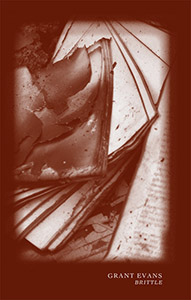 On this new tape, the prolific Evans draws from the styles he has worked in heavily before: noise, electro-acoustic, and ambient, but Brittle bears the mark of all without sounding like any one in particular. The two lengthy pieces cover a significant amount of sonic territory, and he makes remarkably diverse and complex compositions from a world of unidentifiable sound.
On this new tape, the prolific Evans draws from the styles he has worked in heavily before: noise, electro-acoustic, and ambient, but Brittle bears the mark of all without sounding like any one in particular. The two lengthy pieces cover a significant amount of sonic territory, and he makes remarkably diverse and complex compositions from a world of unidentifiable sound.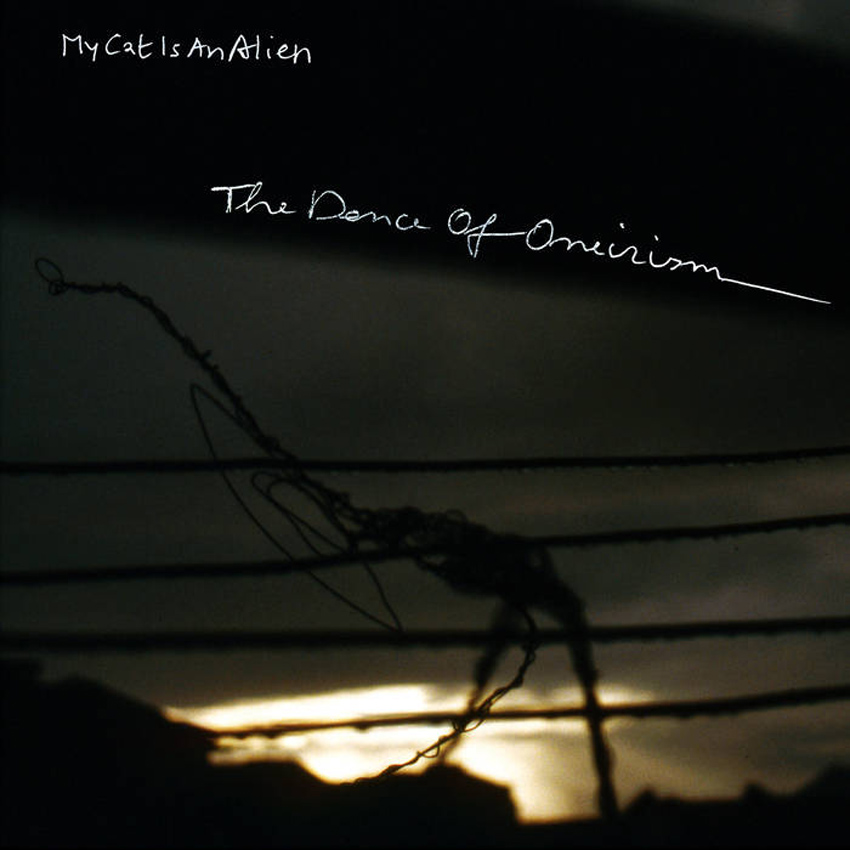 The Opalio Brothers have been on quite a hot streak in recent years, as both Psycho-System (2013) and Abstract Expressionism for the Ears (2014) were massive, tour de force plunges into hermetic, all-consuming, and completely otherworldly psychedelia.  The Dance of Oneirism masterfully continues the distillation of MCIAA's ever-evolving and singular vision, weaving its eerie, lysergic, and wonderfully disorienting spell in just under a hour (remarkably concise, given the duo's history).  As expected, it is yet another near-masterpiece of insular and visionary outsider genius and emphatically reaffirms my belief that absolutely nobody goes deeper or is more intent on scrambling minds than Roberto and Maurizio Opalio.
The Opalio Brothers have been on quite a hot streak in recent years, as both Psycho-System (2013) and Abstract Expressionism for the Ears (2014) were massive, tour de force plunges into hermetic, all-consuming, and completely otherworldly psychedelia.  The Dance of Oneirism masterfully continues the distillation of MCIAA's ever-evolving and singular vision, weaving its eerie, lysergic, and wonderfully disorienting spell in just under a hour (remarkably concise, given the duo's history).  As expected, it is yet another near-masterpiece of insular and visionary outsider genius and emphatically reaffirms my belief that absolutely nobody goes deeper or is more intent on scrambling minds than Roberto and Maurizio Opalio. The culmination of two years of work and employing synthesizers, other electronics, and a 15 piece classical ensemble; N°3 is an ambitious and expansive work that is completely congruent with Vantzou’s aspirations. Lush and complex, the bulk of these pieces lie between epic drama and quiet intimacy, but are never anything but beautiful and compelling.
The culmination of two years of work and employing synthesizers, other electronics, and a 15 piece classical ensemble; N°3 is an ambitious and expansive work that is completely congruent with Vantzou’s aspirations. Lush and complex, the bulk of these pieces lie between epic drama and quiet intimacy, but are never anything but beautiful and compelling.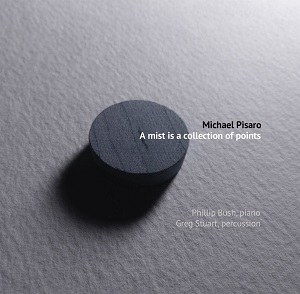 After seeing it performed by Phillip Bush, Greg Stuart, and Joe Panzner at the Roy and Edna Disney/CalArts Theater in downtown Los Angeles, the complexity in Michael Pisaro’s A Mist Is a Collection of Points cracked open. Scored for piano, percussion, and sine tones, the recorded version of A Mist presents itself transparently as a three-part composition with clear melodies and sharp edges. The piano is prominent, the sine tones thin and exact, the cymbals and crotales metallic, concentrated, centered. Their sounds are, in some ways, measured and containable, the opposite of a mist, which slips past the senses and confuses them. But watching Greg Stuart bow his crotales in the first section, seeing him react to Phillip Bush’s playing in the third, and searching for the places where the sine tones began and the acoustic resonance ended—that displaced and de-centered the entire piece. It turned its apparently fixed points into movable objects and transformed the music into a suspension of atoms and waves, detectable, though masked, in the superbly recorded and mastered document released by New World Records.
After seeing it performed by Phillip Bush, Greg Stuart, and Joe Panzner at the Roy and Edna Disney/CalArts Theater in downtown Los Angeles, the complexity in Michael Pisaro’s A Mist Is a Collection of Points cracked open. Scored for piano, percussion, and sine tones, the recorded version of A Mist presents itself transparently as a three-part composition with clear melodies and sharp edges. The piano is prominent, the sine tones thin and exact, the cymbals and crotales metallic, concentrated, centered. Their sounds are, in some ways, measured and containable, the opposite of a mist, which slips past the senses and confuses them. But watching Greg Stuart bow his crotales in the first section, seeing him react to Phillip Bush’s playing in the third, and searching for the places where the sine tones began and the acoustic resonance ended—that displaced and de-centered the entire piece. It turned its apparently fixed points into movable objects and transformed the music into a suspension of atoms and waves, detectable, though masked, in the superbly recorded and mastered document released by New World Records.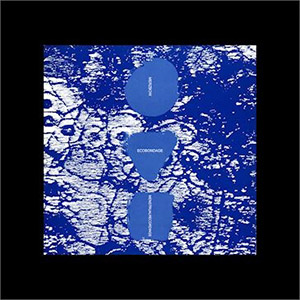 Originally released in 1987 and first reissued in the mid 1990s on CD, Ecobondage is one of Merzbow’s seminal works, and also one of my earliest experiences with his vast discography. Presented as a double LP reissue (with included CD), the album feels like an appropriately deluxe edition that captures a high point of Masami Akita's too often overlooked, but superior junk noise era.
Originally released in 1987 and first reissued in the mid 1990s on CD, Ecobondage is one of Merzbow’s seminal works, and also one of my earliest experiences with his vast discography. Presented as a double LP reissue (with included CD), the album feels like an appropriately deluxe edition that captures a high point of Masami Akita's too often overlooked, but superior junk noise era. Illinois trio Oakeater has been active for the past decade, but Aquarius is only their second full length release, with most of their other work being splits, collaborations, and mini-album releases. This diverse array of release have allowed them to hone a distinctively dark, yet diverse array of sounds that draw from most of the expected places (metal, noise, dark ambient, etc.), work those elements in their own way to create a unique, if bleak, suite of songs.
Illinois trio Oakeater has been active for the past decade, but Aquarius is only their second full length release, with most of their other work being splits, collaborations, and mini-album releases. This diverse array of release have allowed them to hone a distinctively dark, yet diverse array of sounds that draw from most of the expected places (metal, noise, dark ambient, etc.), work those elements in their own way to create a unique, if bleak, suite of songs.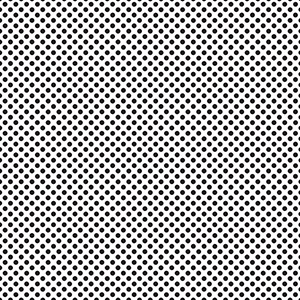 Composed as part of a 2012 installation at a former East German prison, it should come as no surprise that Isolation is at times an intentionally off-putting, disturbing, and unpleasant piece of music. The prison, housing political prisoners and using more than questionable methods of interrogation, was in operation from 1956 to 1989, and stands as a testament to the darkness that pervaded Eastern Germany during the Cold War. Bretschneider’s work is an attempt to capture the sense of isolation and disorientation caused by the prison in audio form, and it is a resounding success.
Composed as part of a 2012 installation at a former East German prison, it should come as no surprise that Isolation is at times an intentionally off-putting, disturbing, and unpleasant piece of music. The prison, housing political prisoners and using more than questionable methods of interrogation, was in operation from 1956 to 1989, and stands as a testament to the darkness that pervaded Eastern Germany during the Cold War. Bretschneider’s work is an attempt to capture the sense of isolation and disorientation caused by the prison in audio form, and it is a resounding success.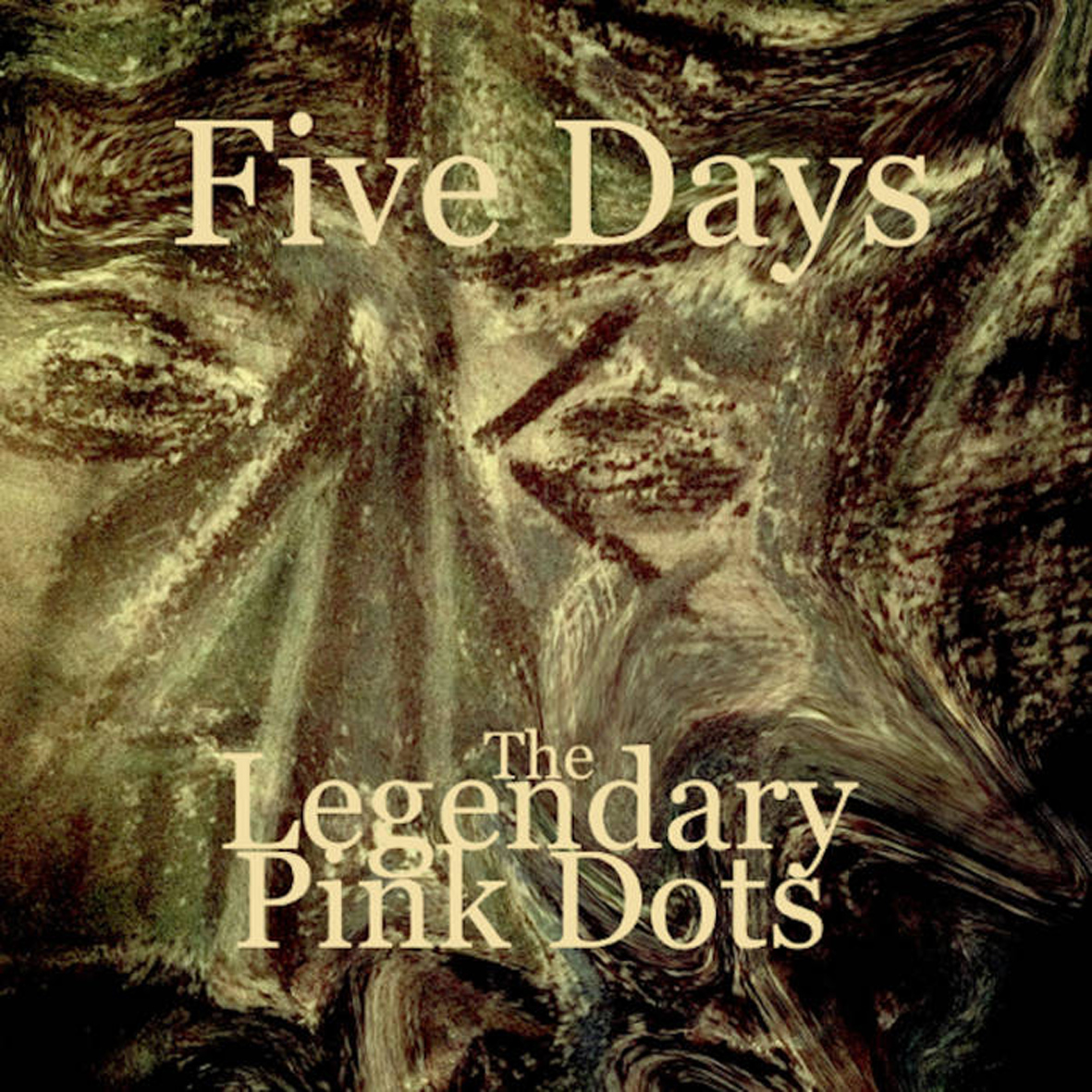 This has been a very perplexing and curious year for the historically prolific Dots, as they have maintained a constant stream of updates about new releases without ever quite releasing anything substantial–just an endless flow of live vault releases, outtakes, cryptic collaborations, cryptic solo albums, digital-only holiday surprises, teasers for upcoming albums, and a few extremely limited (and instantly vanished) records on small European labels.  It was starting to feel a lot like I was receiving ghost transmissions from a dead planet, but before I became completely convinced that the Dots were either dead or had never actually existed in the first place, they unexpectedly produced the deeply abstract, surreal, and fragmented Five Days.  While a bit too amorphous and diffuse to rank among their best work, it is certainly complex and hallucinatory enough to temporarily sate my hunger for new material.
This has been a very perplexing and curious year for the historically prolific Dots, as they have maintained a constant stream of updates about new releases without ever quite releasing anything substantial–just an endless flow of live vault releases, outtakes, cryptic collaborations, cryptic solo albums, digital-only holiday surprises, teasers for upcoming albums, and a few extremely limited (and instantly vanished) records on small European labels.  It was starting to feel a lot like I was receiving ghost transmissions from a dead planet, but before I became completely convinced that the Dots were either dead or had never actually existed in the first place, they unexpectedly produced the deeply abstract, surreal, and fragmented Five Days.  While a bit too amorphous and diffuse to rank among their best work, it is certainly complex and hallucinatory enough to temporarily sate my hunger for new material. I have to admit that I was quite a bit apprehensive about the idea of a Volcano The Bear boxed set, as few bands are less synonymous with consistency or quality control than Leicester's erstwhile free-form experimentalists and I was never a big fan at all, despite admiring a good portion of Daniel Padden’s non-VTB work.  It was easy for me to envision Commencing as over four hours of migraine-inducing absurdist theater, random gibbering and clattering, kazoo solos, and/or someone chasing around a duck with a microphone or dropping a pumpkin into a toilet.  Or possibly all of those things within the same song.  Thankfully, I was mostly (and spectacularly) wrong, as Commencing makes a very strong case that VTB was actually one of the most inventive and compelling bands of the last two decades.  Granted, there is certainly some wince-inducing juvenilia scattered amidst all the gems, but Miasmah has done an amazing job at filtering, presenting, and contextualizing VTB's vast body of work in a form that enables a skeptic like me to finally understand why someone would want to put out a Volcano The Bear box set in the first place.
I have to admit that I was quite a bit apprehensive about the idea of a Volcano The Bear boxed set, as few bands are less synonymous with consistency or quality control than Leicester's erstwhile free-form experimentalists and I was never a big fan at all, despite admiring a good portion of Daniel Padden’s non-VTB work.  It was easy for me to envision Commencing as over four hours of migraine-inducing absurdist theater, random gibbering and clattering, kazoo solos, and/or someone chasing around a duck with a microphone or dropping a pumpkin into a toilet.  Or possibly all of those things within the same song.  Thankfully, I was mostly (and spectacularly) wrong, as Commencing makes a very strong case that VTB was actually one of the most inventive and compelling bands of the last two decades.  Granted, there is certainly some wince-inducing juvenilia scattered amidst all the gems, but Miasmah has done an amazing job at filtering, presenting, and contextualizing VTB's vast body of work in a form that enables a skeptic like me to finally understand why someone would want to put out a Volcano The Bear box set in the first place.
